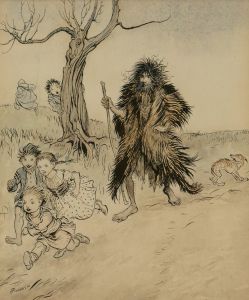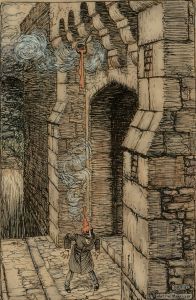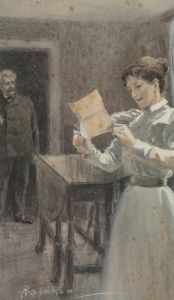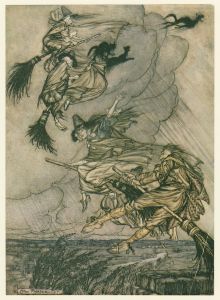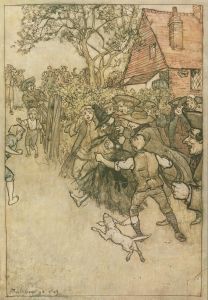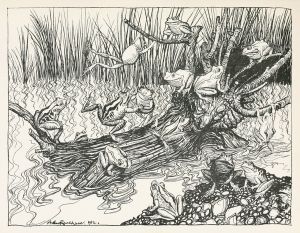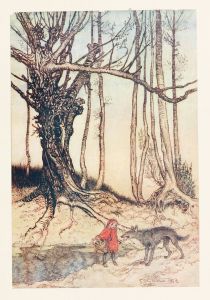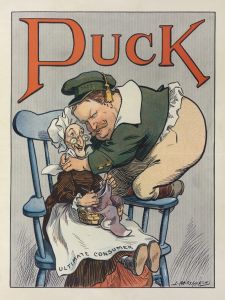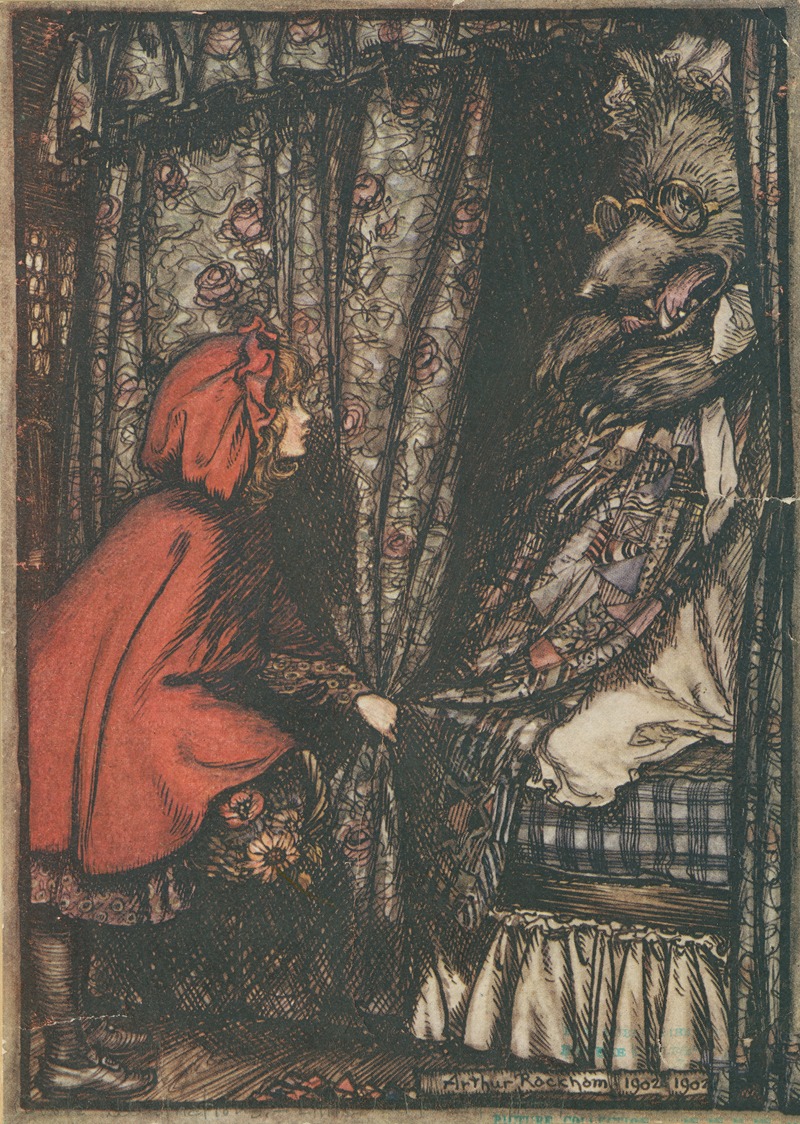
The wolf disguised as grandmother
A hand-painted replica of Arthur Rackham’s masterpiece The wolf disguised as grandmother, meticulously crafted by professional artists to capture the true essence of the original. Each piece is created with museum-quality canvas and rare mineral pigments, carefully painted by experienced artists with delicate brushstrokes and rich, layered colors to perfectly recreate the texture of the original artwork. Unlike machine-printed reproductions, this hand-painted version brings the painting to life, infused with the artist’s emotions and skill in every stroke. Whether for personal collection or home decoration, it instantly elevates the artistic atmosphere of any space.
Arthur Rackham (1867–1939) was a prominent English book illustrator known for his distinctive style, which combined pen-and-ink drawings with watercolor washes. His work often depicted scenes from fairy tales, myths, and legends, and he became one of the leading figures in the Golden Age of Illustration during the late 19th and early 20th centuries.
"The Wolf Disguised as Grandmother" is an illustration by Rackham that depicts a scene from the classic fairy tale "Little Red Riding Hood." This story, which has been told in various versions across Europe for centuries, was famously popularized by Charles Perrault in the late 17th century and later by the Brothers Grimm in the 19th century. Rackham's illustration was created as part of his work for an edition of "The Fairy Tales of the Brothers Grimm," first published in 1909. This collection featured Rackham's interpretations of several well-known tales, and his illustrations were widely praised for their ability to capture the eerie and magical qualities of the stories.
In "The Wolf Disguised as Grandmother," Rackham portrays the pivotal moment when Little Red Riding Hood encounters the wolf, who has dressed in the grandmother's clothing to deceive her. The illustration is notable for its atmospheric detail and subtle use of color, which enhance the tension and foreboding of the scene. Rackham's depiction of the wolf is both menacing and grotesque, with exaggerated features that emphasize the predatory nature of the character. The setting, rendered with intricate linework, adds to the sense of unease, as the domestic interior takes on a shadowy, almost otherworldly quality.
Rackham's illustrations, including this one, were celebrated for their ability to appeal to both children and adults. His work often balanced whimsy with darker, more sinister elements, reflecting the dual nature of many fairy tales. The 1909 edition of "The Fairy Tales of the Brothers Grimm" was a commercial and critical success, solidifying Rackham's reputation as one of the foremost illustrators of his time.
Today, Rackham's illustrations, including "The Wolf Disguised as Grandmother," are considered iconic representations of the stories they accompany. They continue to be admired for their artistic merit and their ability to evoke the timeless and universal themes of the tales.





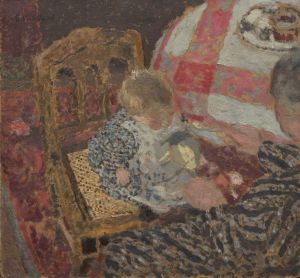
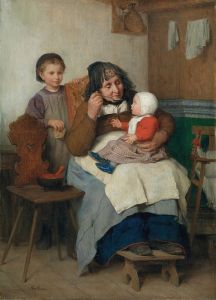
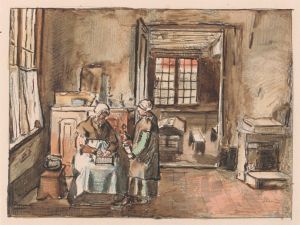
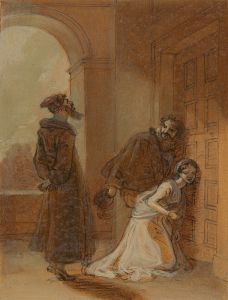
![Ophelia; from Rackham’s Illustrations to Lamb’s Tales from Shakespeare [Hamlet]](/imgs/268044/s/arthur-rackham-ophelia-from-rackhams-illustrations-to-lambs-tales-from-shakespeare-hamlet-79c3d3ec.jpg)
